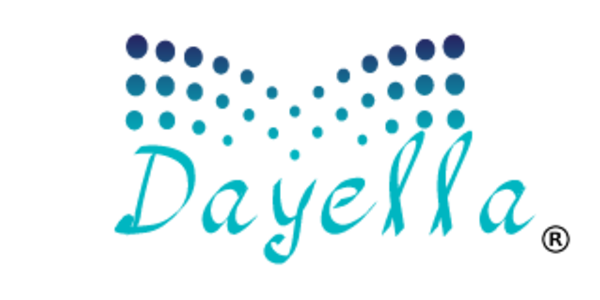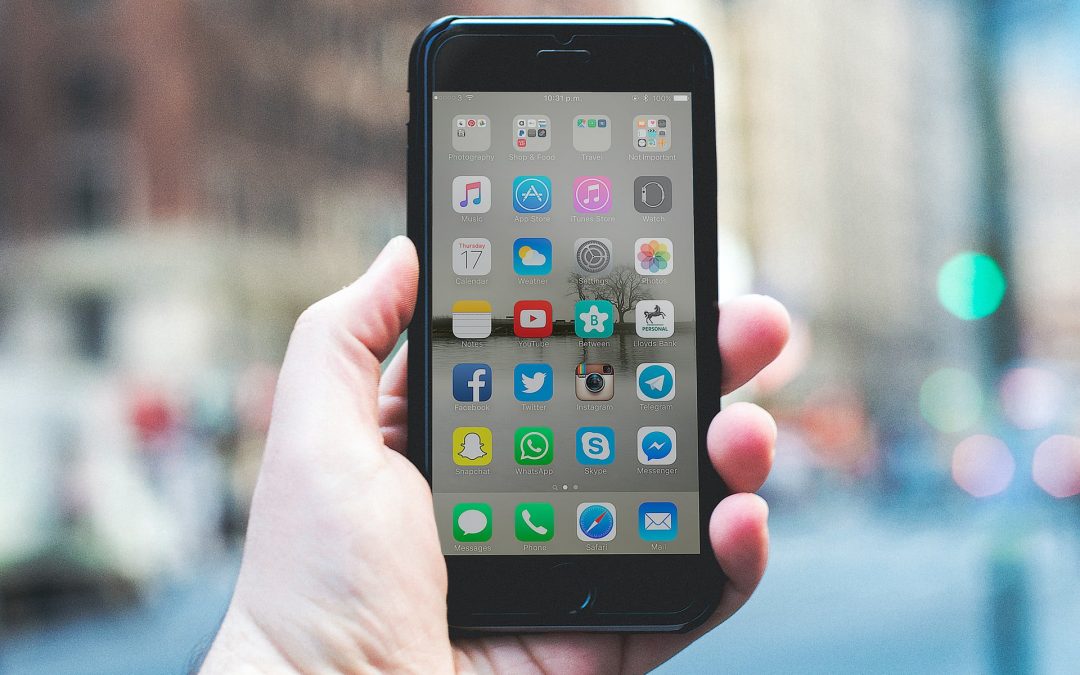If many people are staring at the clouds, befriends the gods and ask them to showcase your brand between their sermons. That analogy might be dramatic. Nonetheless, it remains true, the cardinal rule of marketing goes something along the lines of ‘put your brand at the center of a platform with the most eyeballs.’
These days, for an increasing number of people worldwide, the Sun rises and sets on their digital devices. The bulk of the time spent on digital devices is on social media, where individuals keep in touch with their friends and families. Social media has also become a convenient platform to consume infotainment (information news and entertainment content).
Social media has grown to attract many users’ attention, even exceeding the attention commanded by traditional media. It is a no-brainer that you need to jump there and flaunt your wares around as a brand. The problem is, there are many social media platforms—the most dominant being about 10. So which social media platform would work best for your brand?
Which Social Media Platform is Right for your Brand?
While we cannot overemphasize the importance of social media in promoting your brand, it has one major drawback. That is, it is pretty fragmented; different platforms have different demographics. Some are popular with the youths, professionals, parents, senior citizens, and adults in their default definition.
As a brand, it is upon you to learn who your target audience is and make a strong appearance on the social media platform that they frequent. That is the first critical step in the right direction as it will help you narrow down to the few social media platforms that have most of your target audience. Then you can hone your skills on how to put your brand in the best light possible on the given platform(s).
How to know the Right Platform for you?
So you know your target customers and which social media platform(s) they frequent. The next billion-dollar question is how to accurately determine the best social media platform to reach most of them. This billion-dollar question is not easy to answer by any stretch of the imagination. However, that does not mean it is impossible to answer; instead, it will take some work to answer it right.
To answer that question, you need to answer the following:
- Define your Mission. There are a billion and one things you could be doing on social media. So what exactly is your mission there? The answer to that question will determine your social media strategy. For instance, is your goal to increase traffic to your website or achieve higher sales conversions? Whatever your goal is, it will determine the social platform you choose.
- Who is your Target Audience? So you have defined your mission, now who are you targeting to achieve that mission? Who is your customer? It would help if you profiled them, and you do so using data. That data will show you exactly where the majority of your targeted customers flock on social media. This information will steer you away from shooting in the dark and put a bull’s eye right on your intended target. Based on the various social media platform data, we can say with a lot of accuracies that demographic A prefers social media Z and demographic B prefer social media X.
- What Content will have the most Traction? The type of content you have on your website determines which social media platform will best serve your interest. For instance, if your website is image-driven, you will find platforms such as Pinterest and Instagram as great platforms. On the other hand, if your website has blog posts on technical or professional subjects, a LinkedIn platform will be ideal.
The Leading Social Media Platforms and What they’d offer
Just a handful of social media platforms have users across all the demographics. Nonetheless, the following are the most popular platforms and how you stand to benefit from them:
1. Instagram
This platform is for highly visual content. It boasts of over a billion active users monthly. The majority of whom being 35 years and less. Brands that do well on this platform are often those in the hospitality, travel, e-commerce, and fashion industries. Even those in the food, photography, and beauty business get good traction on Instagram.
2. TikTok
TikTok is the latest entrant into the social media big wigs, and it climbed the ranks so quickly that it is unsettling for the social media big league club. Right now, it is the second-best platform for influencer marketing, especially if you are targeting the youths.
Based on the style of content interaction on the platform and the demographic, TikTok is ideal for businesses operating within the sports, entertainment, and retail industry.
3. Facebook
Facebook still holds the number one spot in terms of the most populous social media platform; it has 2.4 billion active users monthly. However, its user base is diverse in every demographic parameter you could think of; age, sex, wealth, location, race, and religion.
That makes Facebook ideal if your product is targetting a broad range of customers. If you are looking to cast your net far and wide, Facebook is the platform you need.
4. YouTube
The fact that Google owns YouTube means all your activities on the video-sharing platform will go a long way in your Search Engine Optimization (SEO) efforts. YouTube also boasts of a very diverse user base; 2 billion active monthly users. Generally, the platform is ideal for informative posts where you want to demonstrate something.
It is also the best platform if you want to demonstrate your ware in high-quality descriptive videos.
5. Twitter
Twitters is a real-time and fast-paced social media platform. Although it has about 145 million active users daily, most (53%) are youths (18-34 years). It is an ideal platform if you want to quickly disseminate information to your audience or perhaps add your two cents on trending topics.
Brands that often tweet out new product launch, current sales offer, and other time-sensitive information get better traction on Twitter than other platforms.
6. LinkedIn
LinkedIn has set itself apart as a platform for professionals looking to make business connections rather than personal connections. It is said to have about 660 million active uses, with 61% being 24-34 years old.
This platform would be ideal for individuals looking to grow their career (thanks to LinkedIn Jobs) or brands looking for B2B connections.
7. Snapchat
Snapchat has 360 million active monthly users, most of whom are below 34 years; 61% are women. If your brand targets Gen Z and Millenials, this is a platform you cannot overlook.
8. Pinterest
Pinterest is a visual content, social media platform like many others in this list. However, it sets itself apart because of the characteristics of its user base. These are people out to get some inspiration on the internet. Stats show its user base (250 million people) is between the ages of 18 – 49.
Pinterest would be an ideal platform for fashion, travel, arts, hospitality, food, and crafts industries.
9. Yelp
Most people don’t think of Yelp as a social media platform, but by all rights, it is. People go onto the platform to share their experiences after they have visited certain business premises. From a brand’s point of view, you can use this conversation to pivot up and boost your company’s image significantly. The Yelp mobile app is said to have 36 million monthly users. That is a number you definitely cannot ignore.
Conclusion
The decision on where do most of your social media activities is based solely on where most of your target audience is found. Additionally, you will have to put your brand in the best limelight possible, and that entails using highly engaging content and high-resolution pictures, graphics, and videos. There is also influencer marketing, where you find the most popular personalities or brands within your industry and have them showcase some of your products to their following.
Lastly, it would help if you also established the right frequency of your postings and what time of day those posts should happen. A correctly timed posting will lead to higher traction than a post done at the wrong time. For some audiences, it has been observed that morning hours posting (6 AM – 8 AM) gets more traction since many people will be stuck in traffic while commuting to work and will be on their mobile devices. There are also those audiences who go online during their lunch hour breaks, or evening while commuting to work, or late at night when they’re about to fall asleep.
The best way would be to study your potential target and know which timeframe works best for the specific cohort.


